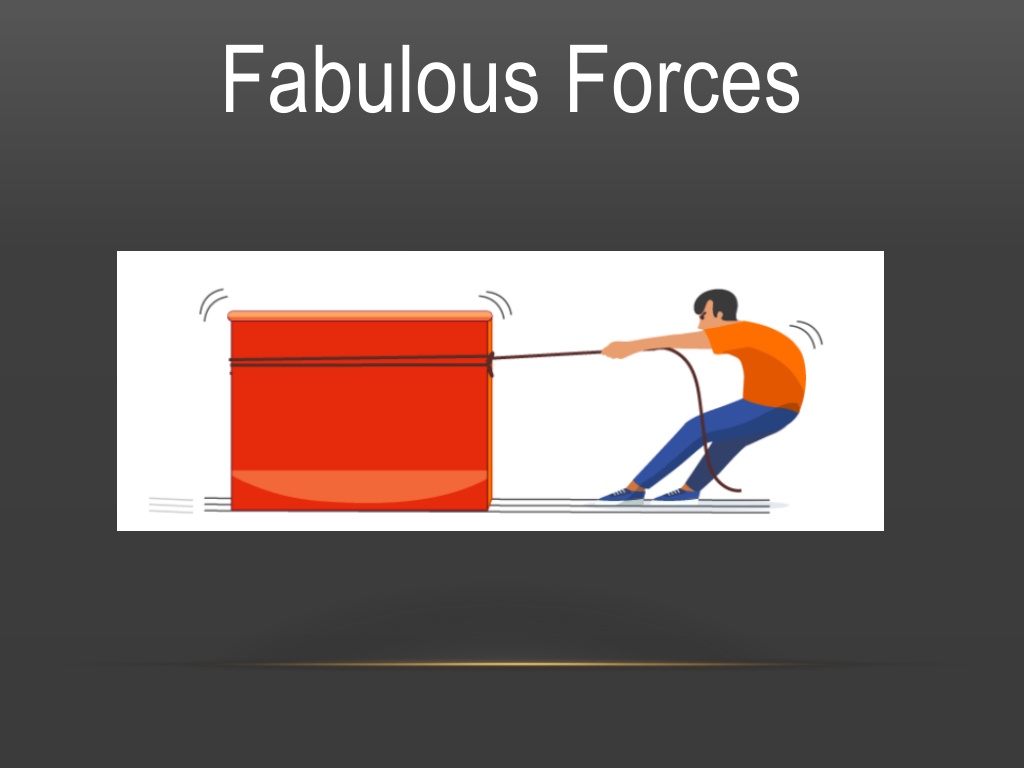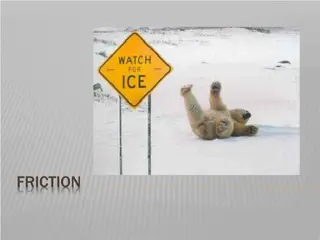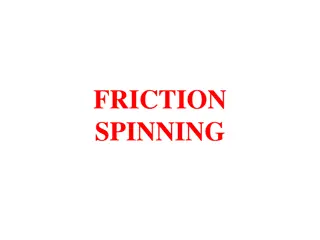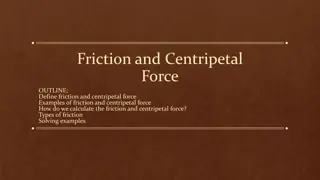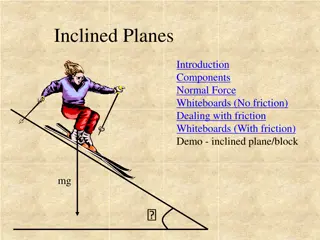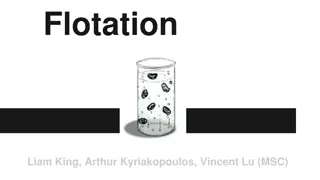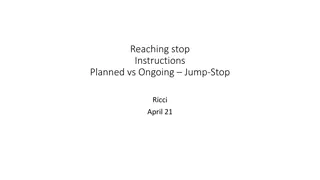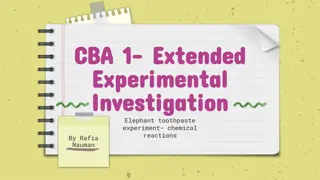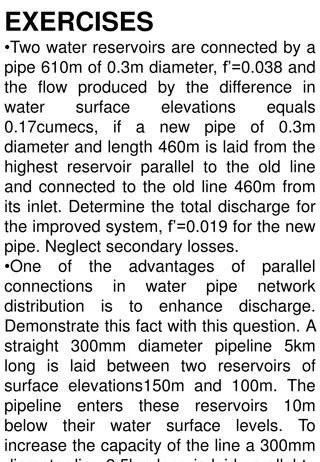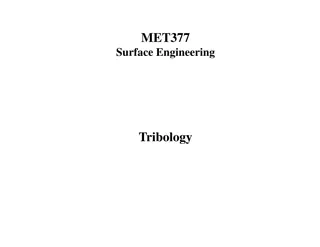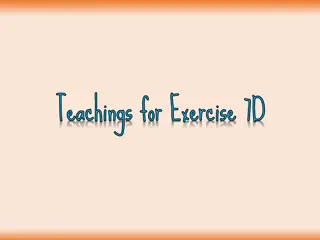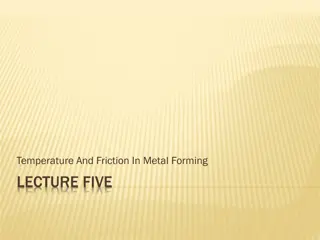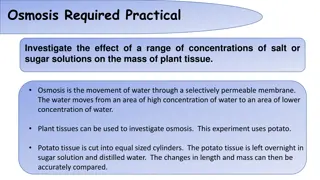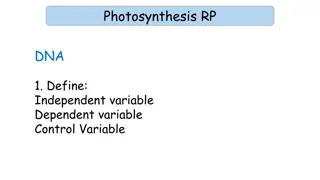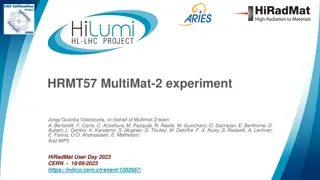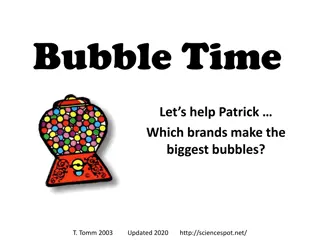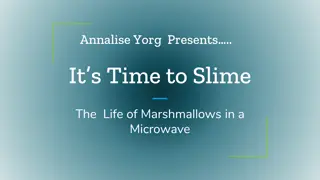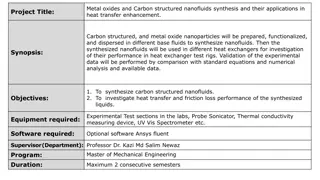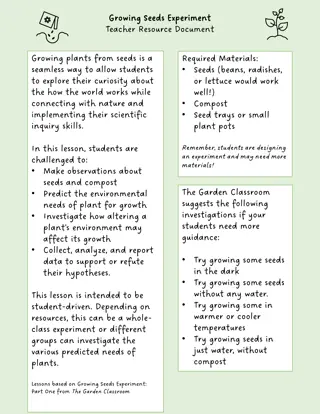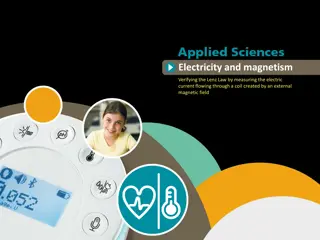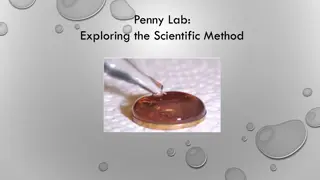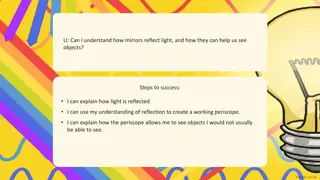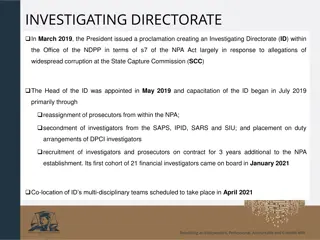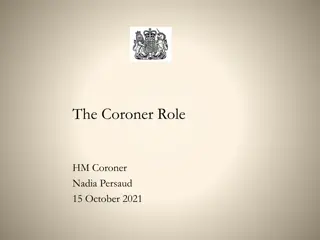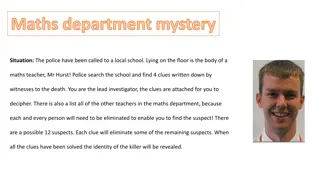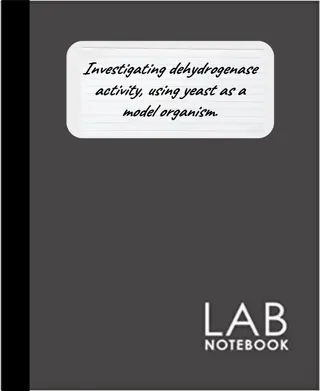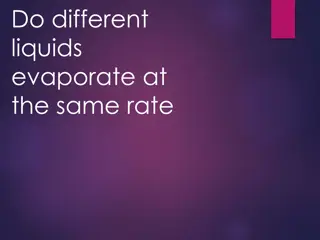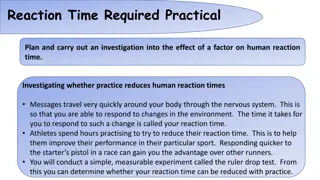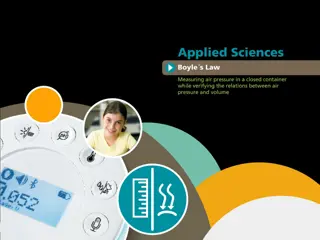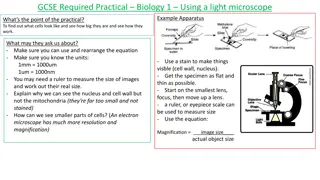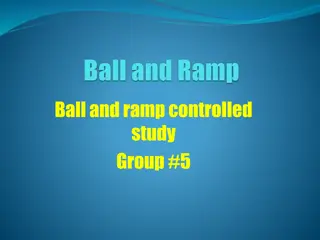Investigating Friction: A Hands-On Experiment
Explore the concept of friction through a hands-on investigation, comparing surfaces to understand how texture affects movement. Discover how different surfaces create varying amounts of friction and how it impacts ease of movement. Predict, experiment, and observe to deepen your understanding of this fundamental force.
Download Presentation

Please find below an Image/Link to download the presentation.
The content on the website is provided AS IS for your information and personal use only. It may not be sold, licensed, or shared on other websites without obtaining consent from the author. Download presentation by click this link. If you encounter any issues during the download, it is possible that the publisher has removed the file from their server.
E N D
Presentation Transcript
Gravity In yesterday s lesson we were introduced to the force of gravity. Can you remember what gravity is? Gravity is the name for a force that pulls everything down toward the center of the Earth. Today we are going to investigate a different force.
Take a close look at the picture. Why is the boy finding it hard to pull the girl and the dog?
What did you notice? The girl and dog are sat in a sledge so they should be on snow, but they are on grass. It would be easier to pull them on snow. The sledge moves differently on different surfaces, but why? Follow the link below to find out more https://www.bbc.co.uk/bitesize/topics/zsxxsbk/articles/zxqrdxs
What is friction? Friction is a force between two surfaces that are sliding, or trying to slide, across each other. For example, when you try to push a book along the floor, friction makes this difficult. The amount of friction depends on the materials from which the two surfaces are made. The rougher the surface, the more friction is produced. Friction can be a useful force because it prevents our shoes slipping on the pavement when we walk and stops car tyres skidding on the road. Ice causes very little friction, which is why it is easy to slip over on an icy day. However, this is a good thing for ice skating and sledging.
Lets investigate the force of friction You are going to push a trainer across different surfaces using a ruler, wooden spoon or your finger. You will investigate the amount of force it takes each time to move the trainer. The more force you need to use, the more friction there is between the two surfaces. The surfaces you investigate could be: Carpet Tiled floor Wooden floor Back garden path Grass Before you investigate the different surfaces you will need to make a prediction. I predict the surface with most friction will be .. I predict the surface with the least friction will be . In this investigation you don t need to write the results down
Pause the PowerPoint now and start your investigation
What did you find out? Did you predict correctly? Did you notice that the ease of movement depended on the texture of the surface? Did you discover that the trainer was more difficult to move on the uneven surface like the garden path? Did you discover that the rougher the surface, the more friction it creates?
Can you imagine a world without friction? What do you think is happening in these pictures? What do you think it would be like living in a world with no friction? It would be fun to slide everywhere, but we would crash into everything because we couldn t stop We would keep falling over. We would have to put things down really carefully otherwise they would keep on moving. Friction is important.
Rolling cars across different surfaces You are now going to carry out a second investigation into the force of friction -You will be writing these results down! You will investigate the effects of friction on the distance a toy car travels across different surfaces
You will need: A small pile of books or an old shoe box A wheeled vehicle A flat baking tray or a strong piece of card to make a ramp A ruler or tape measure
You will use the baking tray/cardboard and books to make a ramp You will roll the wheeled vehicle down the ramp onto different surfaces These surfaces can be the same ones you used for the shoe investigation or you can roll onto new surfaces like a towel, tin foil or a mat. You will measure how far the vehicle travels across each surface. Use the link below to see how it is done. https://www.youtube.com/watch?v=yuvkaeMUT50
DONT WORRY! We are not asking you to work out the average distance or average speed your vehicle is travelling like they do in the video. We just want you to record the distance of your three best tries. However, to make your test super scientific, you will need to make sure you carry out a fair test.
In order for a test to be fair or scientifically sound, you are required A reminder of a fair test to ensure only one thing (this is called a variable) is changed. Change the surface every time (this is the variable you will change each time) When you measure the distance the car travels, remember to measure from the same point every time (this doesn t change) Remember to start the vehicle from the same point on the ramp every time. Also keep the ramp at the same height and angle (this doesn t change)
Record your results on a piece of paper. This is an example layout you might like to use. Conclusion: In the conclusion you will need to make a link between the different surfaces and friction. You need to think about why the vehicle travelled further across some surfaces than others? Good Luck and
